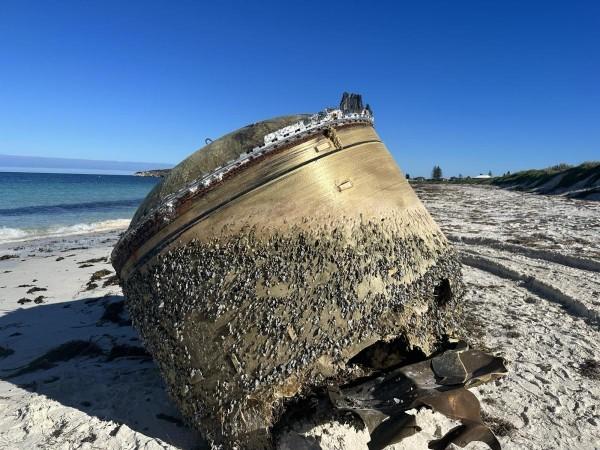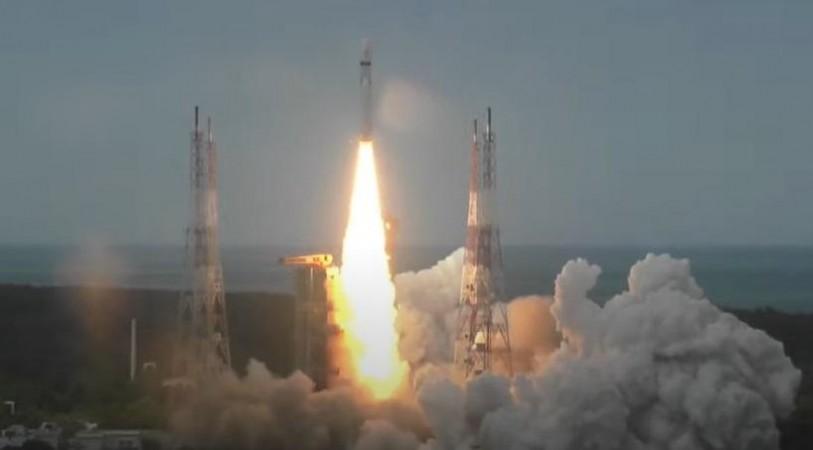The Australian authorities are currently examining an unidentified object discovered on a beach near Jurien Bay in Western Australia triggering speculations among the public that this object could potentially be related to India's recent Chandrayaan-3 mission.
To determine its origin, the Australian Space Agency said that it is coordinating with international space agencies, including ISRO.
On Monday, sharing the image of the partially damaged object on Twitter, it said, "We are currently investigating the nature of this object found on a beach near Jurien Bay in Western Australia. It is possible that the object originated from a foreign space launch, and we are collaborating with global partners to gather more information."
We are currently making enquiries related to this object located on a beach near Jurien Bay in Western Australia.
— Australian Space Agency (@AusSpaceAgency) July 17, 2023
The object could be from a foreign space launch vehicle and we are liaising with global counterparts who may be able to provide more information.
[More in comments] pic.twitter.com/41cRuhwzZk
While social media users have been actively discussing various theories connecting the object to the Chandrayaan-3 mission, the Australian Space Agency remains committed to promoting the long-term sustainability of outer space activities, including debris mitigation, at the international level.
As per a report by ABC News, the object, which measures around 2.5 meters in width and 2.5 to 3 meters in length, was found with barnacles and marine life attached to it.

Additionally, some individuals have speculated whether the object could be a part of MH370, the Malaysia Airlines Flight that went missing on March 8, 2014. However, aviation expert Geoffrey Thomas has dismissed this possibility, explaining that the object's condition does not align with the expected wear and tear it would have accumulated over the years since the plane's disappearance.
Regarding the Chandrayaan-3 mission itself, the Indian Space Research Organisation (ISRO) successfully launched the LVM3 rocket carrying the lunar mission from Sriharikota in Andhra Pradesh. The spacecraft has undergone its second orbit-raising manoeuvre and is currently in a specific orbit.

The mission's upcoming steps include transitioning into lunar orbit, separating the lander, a sequence of deboost manoeuvres, and finally, the power descent phase for a scheduled smooth landing on the lunar surface, expected on August 23 at 5:47 pm.














